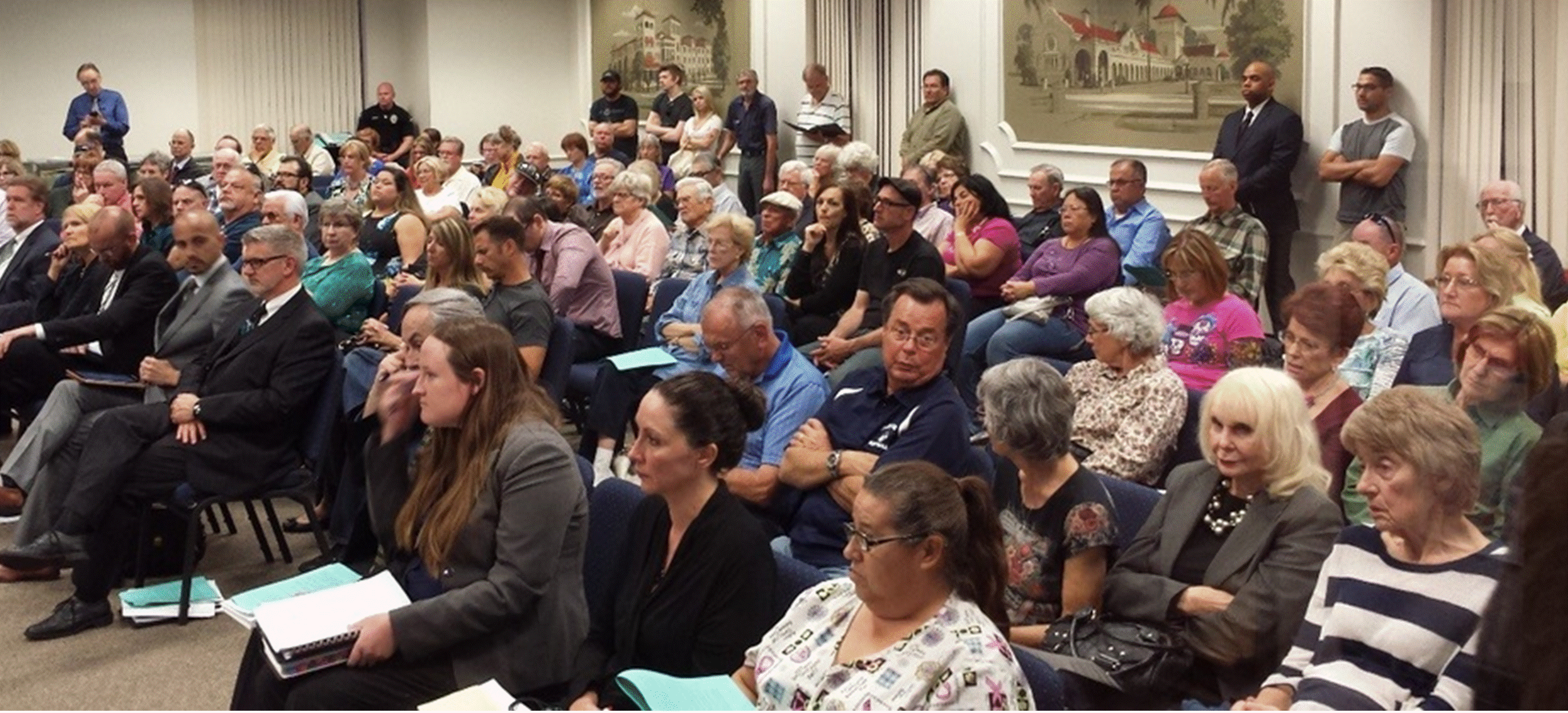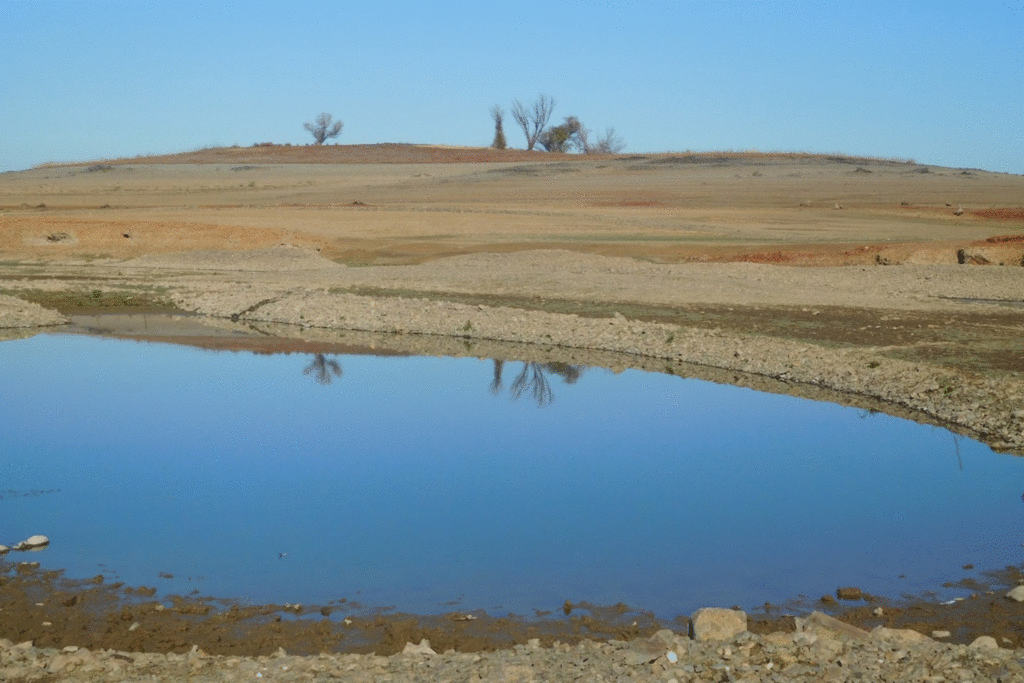A California Surprise, Part 2
How private implementation separates public policies from their political costs.
Warning: this post contains hardcore wonkery.
In 2015 the California State Water Resources Control Board (SWRCB) ordered drinking water utilities to reduce water usage by 25% statewide. As my last post described, something surprising happened: compared with local governments, the state’s private, investor-owned utilities imposed stricter water use regulations, were nearly twice as likely to comply with the state mandate, and conserved significantly more water overall.
Though counterintuitive, this difference in public and private sector water conservation follows rationally from the political institutions that govern water in America generally and California specifically. The keys to this conundrum are money and politics.
Financial risks of conservation
American water utilities operate on a fee-for-service basis; typically, customers pay a fixed monthly charge, plus a charge for each unit of water. Faced with resource scarcity or some other environmental problem, it may make sense to curb water consumption—say, in response to a drought. But reduced consumption reduces revenue. For utilities that rely on rate revenue to fund their operations (and, in the case, of private utilities, to pay their shareholders), conservation can be environmentally good but financially bad.
The financial risks of conservation are especially severe for utilities due to their very high fixed costs. As I’ve observed before, whether a utility delivers one gallon or ten million gallons, the costs of constructing, maintaining, and operating reservoirs, treatment plants, and distribution pipes are the same. A drop in water sales doesn’t bring a matching drop in costs to the utility, so reduced consumption threatens financial sustainability (for government utilities) and profitability (for investor-owned utilities).
Utilities are natural monopolies, and so could charge customers exorbitant prices if they were allowed to set prices any way they like. For that reason, utilities are subject to government price regulation. But the institutions that govern private and public utilities are different, and present them with very different incentives to comply with state conservation rules.
Price regulation & decoupling
Let’s start with private utilities.
Governments regulate private utility pricing through state Public Utilities Commissions (PUCs); in California the PUC is composed of five appointed commissioners. The PUC process is technocratic and legalistic, usually drawing scant media attention. PUC price regulation proceeds under the cost of service principle: companies are limited to recovering the actual cost of providing service, plus a legally-sanctioned rate of return.
Decades ago, the conflict between conservation and profitability for private utilities led environmentalists to develop rate decoupling: the separation of a firm’s revenues from the volume of product it sells. If conservation causes revenue shortfalls, decoupling provides for automatic rate increases to make up the loss. In that way, decoupling shifts the financial risks of conservation from utilities’ investors to their customers, eliminating the incentive for utilities to sell more and more energy, water, or whatever. Decoupling can work in situations where private utilities operate under PUC regulation, and has generally been successful in stimulating conservation in the energy sector. Today about half of US states use rate decoupling for electrical utilities.
In 2008, California became one of just two states (the other is New York) to adopt decoupling for water utilities when it introduced the Water Revenue Adjustment Mechanism (WRAM). Private utilities take advantage of this provision when conservation causes a loss of sales revenue: financial losses associated with reduced sales volumes are recovered in future rate increases through WRAM. PUC records show that by Spring 2018, at least 39 of the 62 investor-owned utilities subject to California’s conservation mandate had invoked WRAM and raised rates following the drought. Decoupling irritates customers, who understandably grumble about paying more for water they didn’t use—the paradox of conservation. But those grumbles are largely impotent, as the PUC’s technocratic process allows WRAM under state law.
Water rate politics & the conservation paradox
And then there are local governments.
Governments (including counties, municipalities, and special districts) that own drinking water utilities are essentially self-regulated with respect to pricing; their rates are set by city councils and district boards. Public water rates are thus subject to the political calculations of local elected officials. Water customers are also voters who prefer lower rates, and so raising rates can have bad electoral consequences for politicians. Unlike the technocratic PUC process, rate-setting for government utilities can be a contentious affair. In California the political risks are especially pronounced, since public water rates are subject to Proposition 218.
California local government utilities can raise rates when conservation measures cause revenue shortfalls; they need not seek permission from the PUC. But raising rates is politically risky for local officials. Whatever their attitudes toward sustainability, citizen-customers of government utilities are just as irritated as customers of private utilities when they use less but pay more. Government managers and elected officials are wary of angering their voting water customers if revenue losses force rate increases.

Consider the politics of water conservation in the City of Redlands. California’s 2015-2016 emergency rules assigned the city a 33% conservation standard. The city responded with a series of conservation measures, but met its conservation standard in just two out of twelve months and achieved only 11.3% conservation overall. Still, reduced water sales caused a city revenue loss of about $2 million. When utility staff recommended a 19% rate increase to cover the shortfall, more than 3,000 citizens filed protests against the increase in advance of a raucous, five-hour City Council meeting on the subject. Drought-related rate increases prompted similar protests and/or legal challenges in Alameda County Water District, East Bay MUD, Hillsborough, Los Angeles, Pleasanton, and Yorba Linda.
Political decoupling
When combined with rate decoupling, private water provision shifts to private firms the political risk that discourages conservation by governments. The unelected PUC absorbs those political risks instead. In this way, investor-owned water utilities provided a kind of political decoupling during California’s drought: private implementation of conservation rules separated a controversial environmental policy from its political costs, and helped make private firms more effective conduits of environmental policy than were government agencies. Youlang Zhang, David Switzer, and I develop the idea of political decoupling and its broader implications in a forthcoming article.
Of course, decoupling conservation from its political costs does not eliminate those costs so much as place them beyond the reach of ordinary citizens. That might make for effective drought response, but it weakens democratic local governance.
A California Surprise, Part 3 will discuss what happened after the SWRCB dropped the conservation mandate.



Manny – Has any of your research reflected on the efforts public agencies (especially ones in So Cal) had already taken before the emergency declaration? It seems to me that those of us who had done a LOT of work on water use efficiency had hardened demands that made making such deep cuts extremely difficult to achieve.
Also, budget based rates, in combination with a strong water shortage contingency plan, made for strong fiscal resiliency even in the face of reduced volumetric sales.
Hi Debby.
The analysis in this study accounts for those pre-drought declaration efforts insofar as the SWRCB mandates were based on historical gpcd. Utilities that were already pretty conservative in residential gpcd terms had very low (often single-digit) conservation targets. Utilities that had historically high water use had higher targets–some more than 30%. And those targets were set relative to 2013 consumption patterns. So the analysis shouldn’t be biased by those “baked-in” past conservation efforts.
You’re right that there are plenty of things that public agencies can do to manage the financial risks of drought–I’m a big fan of contingency reserves (water budgets not so much). But those can be politically difficult, too. And utilities that are already running lean-and-mean financially are in tough political straits when sales dive.
Plenty of public agencies performed well in both mandate compliance and overall conservation. It’s just that investor-owned utilities performed better on average.